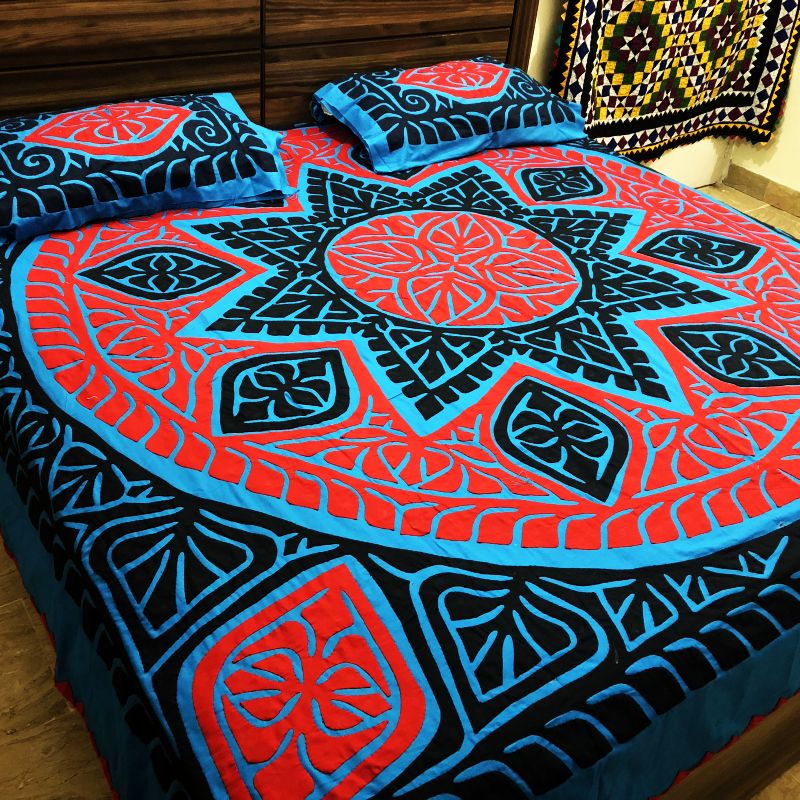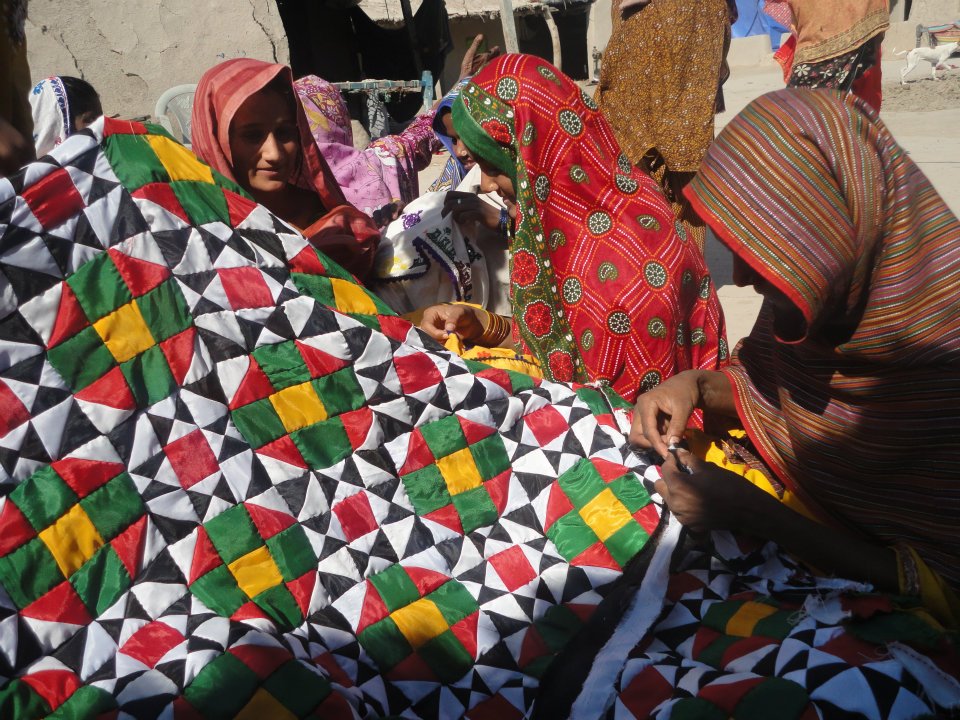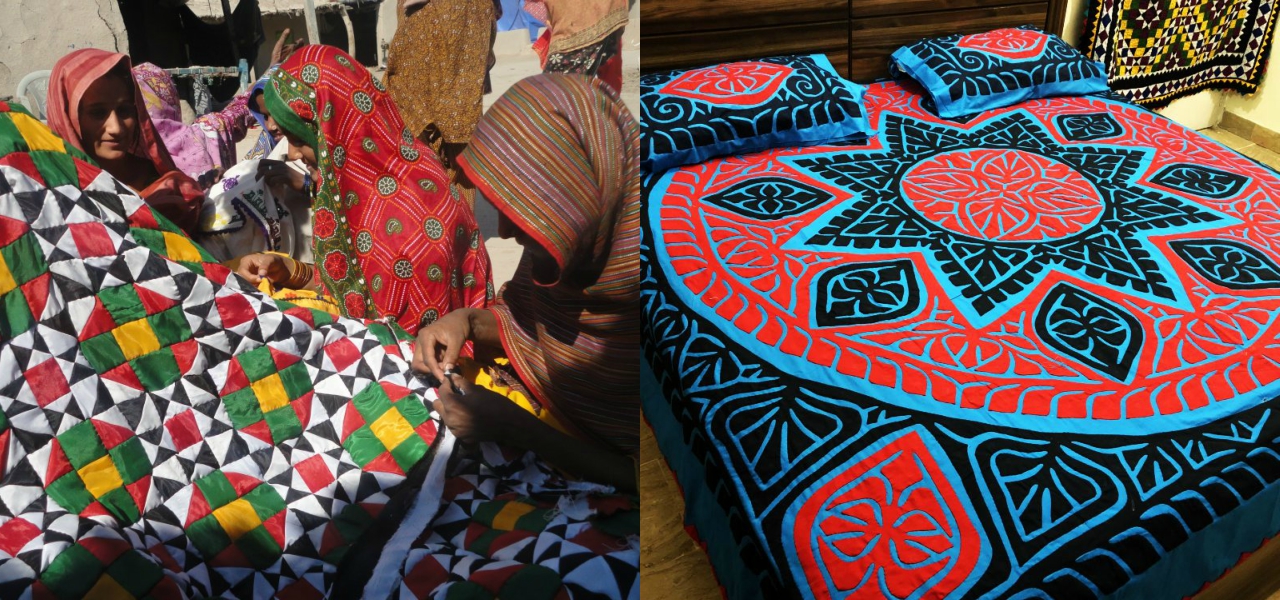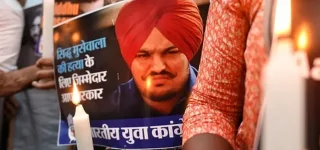Disclaimer*: The articles shared under 'Your Voice' section are sent to us by contributors and we neither confirm nor deny the authenticity of any facts stated below. Parhlo will not be liable for any false, inaccurate, inappropriate or incomplete information presented on the website. Read our disclaimer.
Being a part of an eastern culture with the hints of western culture, Sufism, and with some religious stipulations, we use to dress up accordingly. Pakistani traditional dresses are the true depiction of such elements. Cultural values and traditional dressing aspects vary with geographical areas. Pakistani national dress code is basically, shalwar and kameez and people mesh it up with different cultural and traditional embellishments.
[adinserter block= “3”]
Handcrafted dresses considered as most valuable and beautiful dresses as it contains the perfect balance of fashion and tradition. While talking about Pakistani traditional dresses Sindh is a perfect example to quote. Especially, the people from the lower belts of Sindh and south Punjab are most traditional and use to craft their fabrics with Rilli work design.
Rill work uses different stitches such as double-cross stitch, running stitch, chain stitch (in Pakistan known as zanjeeri tanka) and many other different stitches to embellish the dress with impression of threads.

sindhcrafts.com
Rilli work designs are complex geometrical patterns crafted in different shapes and angels. Ralli work has been grouped into three categories such as patchwork, applique work and embroidered. Patchwork is an art of stitching fabric flakes together that are sniped in square and triangle shapes that form geometrical grid, applique work is labyrinthine sort of abstract patterns created by stitching cut pieces of different shapes on to large piece of contrasting color and embroidery work is used to stitch quilts and especially, in Pakistan embroidered Rilli quilts are famous tradition comes from Saami and Jogi that are two gypsy tribes of lower Sindh. Saami’s use black fabric to stitch quilts and Jogi use brown color fabric as a base to create their art.
[adinserter block= “10”]
Most prominent Rilli works are patchwork and applique work as they are needlework techniques to turn intricate cut pieces of fabric and plan clothes into colorful Pakistani traditional dresses. Hand-made dresses with Ralli work on it are skills that haven’t learned from the tribal women but inherited by their older generations and these skills are passed from generation to generation since centuries. Ralli’s abstract patterns are already imprinted in women mind and each woman use thread to create the unique ambiguous patterns and different patterns including the use of different colors are the distinctiveness of regions they belong from.

Indus Crafts
Rilli work is getting international attention day by day and it’s becoming fashion more than tradition nowadays but tribes from where such vast history of Rilli tradition has been originated are lacking the recognition.
[adinserter block= “4”]
There’s a foundation in Pakistan I know working to enable the women living in gypsy tribes to earn their bread and butter and helping to earn recognition. Traditions are the legacy and identification of nations and they need to be kept alive especially in Pakistan where western culture is overwhelming in our society and in order to keep it alive we need to promote our remote areas where, from living style to lively-hood interpret the cultural aspects and Ralli is not the tradition but the identifications of gypsy tribes in Sindh that’s why it is called as Indus craft.







